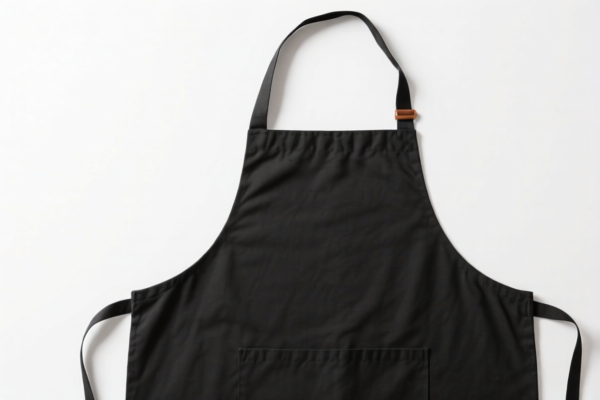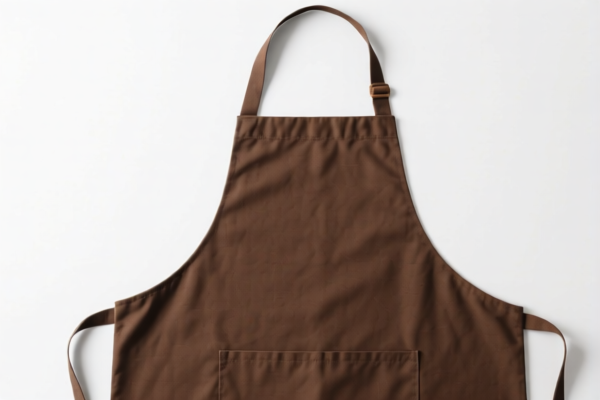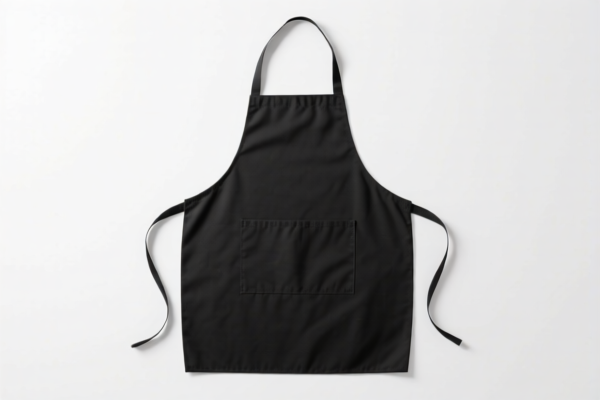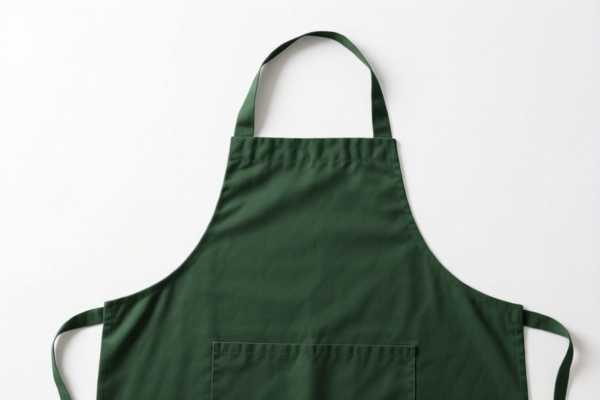| HS Code | Official Doc | Tariff Rate | Origin | Destination | Effective Date |
|---|---|---|---|---|---|
| 6114909070 | Doc | 35.6% | CN | US | 2025-05-12 |
| 6217909075 | Doc | 52.1% | CN | US | 2025-05-12 |
| 6217909095 | Doc | 52.1% | CN | US | 2025-05-12 |
| 6212900010 | Doc | 44.1% | CN | US | 2025-05-12 |
| 6212900090 | Doc | 44.1% | CN | US | 2025-05-12 |
| 3926209010 | Doc | 60.0% | CN | US | 2025-05-12 |
| 3923900080 | Doc | 58.0% | CN | US | 2025-05-12 |
| 4203406000 | Doc | 55.0% | CN | US | 2025-05-12 |




Waist Apron
A waist apron is a protective garment worn over the waist, typically to protect clothing from dirt, stains, and wear. It is a common accessory in various professions and activities.
Material
Waist aprons are constructed from a diverse range of materials, chosen for their durability, ease of cleaning, and suitability for the intended use. Common materials include:
- Cotton: A widely used, comfortable, and breathable fabric, often preferred for general use and home cooking.
- Polyester: Durable, wrinkle-resistant, and easy to clean, making it suitable for commercial settings.
- Cotton/Polyester Blends: Combine the comfort of cotton with the durability of polyester.
- Denim: Heavy-duty and abrasion-resistant, often used in workshops or for rugged tasks.
- Leather: Provides excellent protection against heat, sparks, and abrasions, common in blacksmithing or welding.
- PVC/Vinyl: Waterproof and easy to wipe clean, ideal for wet environments or tasks involving liquids.
Purpose
The primary purpose of a waist apron is to shield the wearer's clothing from damage. Specific purposes vary based on the context:
- Protection from Dirt and Stains: In cooking, gardening, or painting, aprons prevent clothes from becoming soiled.
- Protection from Liquids: In food service or cleaning, aprons protect against spills and splashes.
- Protection from Heat and Sparks: In blacksmithing or welding, aprons provide a barrier against heat and flying debris.
- Hygiene: In food-related industries, aprons help maintain sanitary conditions.
Function
A waist apron functions as a protective layer, typically covering the front of the body from the waist to the knees (though lengths vary). Key functional features include:
- Coverage: Protecting the torso and legs.
- Adjustability: Straps or ties allow for a customized fit.
- Pockets: Provide convenient storage for tools, cloths, or other small items.
- Reinforced Stitching: Ensures durability and resistance to tearing.
Usage Scenarios
Waist aprons are utilized in a wide variety of settings:
- Culinary Arts: Chefs, cooks, bakers, and kitchen staff.
- Food Service: Waitstaff, bartenders, and food handlers.
- Gardening: Protecting clothes while working in the garden.
- Painting & Decorating: Shielding clothes from paint splatters.
- Workshops & Manufacturing: Protecting clothes from dirt, grease, and debris.
- Healthcare: Protecting uniforms from spills and contamination.
- Blacksmithing & Welding: Providing heat and spark protection.
- Barbering & Hairdressing: Protecting clothes from hair clippings.
Common Types
- Bib Apron: Features a full-length bib covering the chest and torso, offering more extensive protection.
- Waist Apron (Standard): Covers the waist and extends down to the knees, typically with ties or a buckle.
- Cross-Back Apron: Features straps that cross in the back, distributing weight more evenly and providing a more secure fit.
- Divided Apron: Features a split or divided front for increased mobility and comfort.
- Tool Apron: Designed with multiple pockets specifically for holding tools.
- Waterproof Apron: Constructed from waterproof materials like PVC or vinyl.
Waist aprons fall under the category of articles of apparel and clothing accessories. Based on the provided information, several HS codes may be relevant.
-
3926209010: This HS code covers “Other articles of plastics and articles of other materials of headings 3901 to 3914: Articles of apparel and clothing accessories (including gloves, mittens and mitts): Other: Other Aprons”. This is a specific classification for aprons made of plastics or other materials within headings 3901 to 3914. The two-digit sections represent:
- 39: Plastics and articles thereof.
- 26: Plastics and articles thereof.
- 20: Other articles of plastics.
- 90: Other.
- 10: Aprons. The total tax rate is 60.0%, comprising a 5.0% basic tariff and a 25.0% additional tariff, increasing to 30.0% after April 2, 2025.
-
6217909095: This HS code covers “Other made up clothing accessories; parts of garments or of clothing accessories, other than those of heading 6212: Parts: Other Other: Other”. While broader, aprons could fall under this if considered an accessory. The two-digit sections represent:
- 62: Articles of apparel and clothing accessories, not knitted or crocheted.
- 17: Other made up clothing accessories.
- 90: Parts.
- 90: Other.
- 95: Other. The total tax rate is 52.1%, comprising a 14.6% basic tariff and a 7.5% additional tariff, increasing to 30.0% after April 2, 2025.
-
3923900080: This HS code covers “Articles for the conveyance or packing of goods, of plastics; stoppers, lids, caps and other closures, of plastics: Other Other”. If the waist apron is specifically designed for packing or conveyance of goods, this code might apply. The two-digit sections represent:
- 39: Plastics and articles thereof.
- 23: Plastics and articles thereof.
- 90: Other.
- 00: Other.
- 80: Other. The total tax rate is 58.0%, comprising a 3.0% basic tariff and a 25.0% additional tariff, increasing to 30.0% after April 2, 2025.
According to the provided reference material, the HS code options related to 'waist apron' are limited, with only the following 3 found. It is important to determine the material composition and primary function of the apron to select the most accurate HS code.
Customer Reviews
No reviews yet.